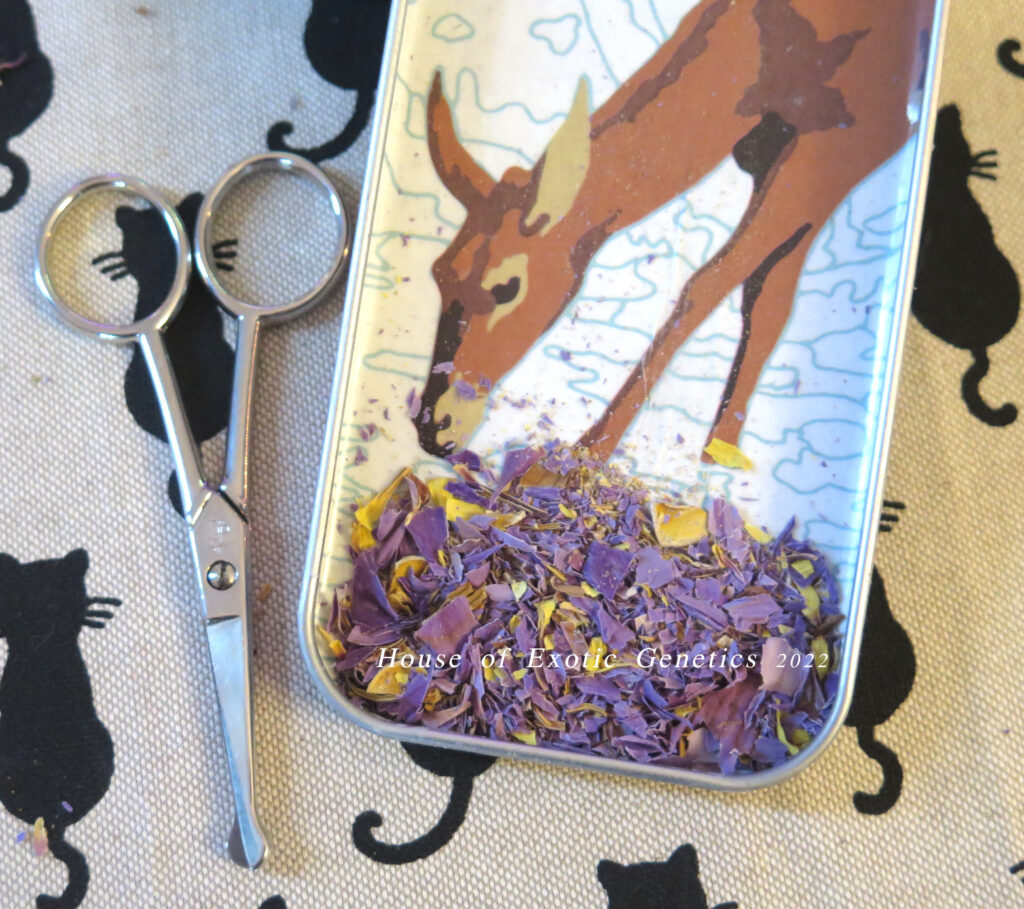
Blue Lotus, Sacred Blue Water Lily, or Blue Egyptian Lotus are just common names to indicate Nymphaea caerulea, a perennial aquatic plant rich in alkaloids that widely grows on the shore of rivers and lakes in Africa.

It’s theorized that The Blue Lotus was a part of the shamanic culture and traditional medicine in ancient Egypt: roots and rhizomes were used to treat diabete, urinal infections, inflamations , fever and insomnia. The flower of Blue Lotus was used as a narcotic and aphrodisiac (1). Is also possible Blue Lotus flower was used to facilitate ritual trance alongside with mandrake(2).
Is also theorized that Egyptians used to soak Blue Lotus flower in wine, to obtain a stronger drink:
“Harer (1985) suggested that the Egyptians used the blue lotus (Nymphaea caerulea) and white lotus (Nymphaea lotus) as intoxicants in a recreational context. He proposed that the flowers of these plants were immersed in wine to extract active alkaloids into a fortified (more intoxicating) drink.”
Rosalie Ann David – Egyptian Mummies and Modern Science 2008

Blue Lotus Mulled Wine
Winter edition
We chose Glühwein, a spiced, sweet wine for our revisitation of the Blue Lotus wine. Is served hot or warm as many other mulled wines. Glühwein is typical of Christmas time in Germany and Austria and is aromatized with orange, cinnamon, anise, and cloves.
∎ Glühwein (spiced wine)
∎ Blu Lotus ( Nymphaea caerulea)
∎ Tea filter or tea bag
• Heat the wine in a stockpot until just below the simmer point (Around 70°C)
• Finely cut the Blue Lotus with a scissor or a trimmer
• Once the wine reached the temperature, infuse the shredded Blue Lotus with a filter or a teabag in a small glass or cup.
Leave for 5 to 10 minutes.
• Take away the filter and enjoy the Blue Lotus Mulled Wine! We suggest a small cup! 😉
• Infuse again the filter or the teabag in the remaining wine for later!

- Underexplored Medicinal Plants from Sub-Saharan Africa – chap. 31 – Nymphaea caerulea – Carel B. Oosthuizen, Matthew Fisher, Namrita Lall.
- William Emboden (1989) The Sacred Journey in Dynastic Egypt: Shamanistic Trance in the Context of the Narcotic Water Lily and the Mandrake, Journal of Psychoactive Drugs, 21:1, 61-75, DOI:10.1080/02791072.1989.10472144
